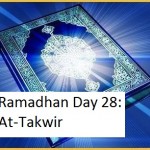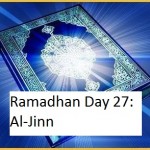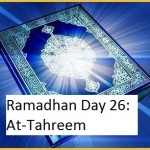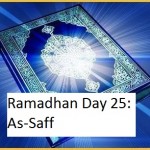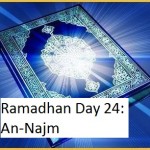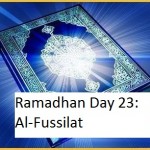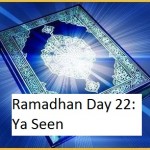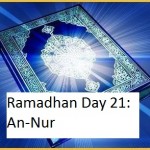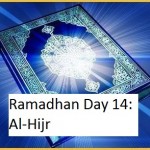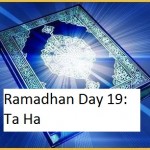This chapter is in the third level of summary chapters in Quran (starting from An-Naba till the end). Its twin is the following chapter, Al-Infitar. Both these chapters link patterns of destruction with the coming of judgement and revelation. This coheres with the story of musa and firaun. As such, this chapter may be a mirror of that process. The pattern of destruction here is the folding up of the sun, which symbolizes the destruction of the system of... Read more

